To provide the best experiences, we use technologies like cookies to store and/or access device information. Consenting to these technologies will allow us to process data such as browsing behaviour or unique IDs on this site. Not consenting or withdrawing consent, may adversely affect certain features and functions.
The technical storage or access is strictly necessary for the legitimate purpose of enabling the use of a specific service explicitly requested by the subscriber or user, or for the sole purpose of carrying out the transmission of a communication over an electronic communications network.
The technical storage or access is necessary for the legitimate purpose of storing preferences that are not requested by the subscriber or user.
The technical storage or access that is used exclusively for statistical purposes.
The technical storage or access that is used exclusively for anonymous statistical purposes. Without a subpoena, voluntary compliance on the part of your Internet Service Provider, or additional records from a third party, information stored or retrieved for this purpose alone cannot usually be used to identify you.
The technical storage or access is required to create user profiles to send advertising, or to track the user on a website or across several websites for similar marketing purposes.

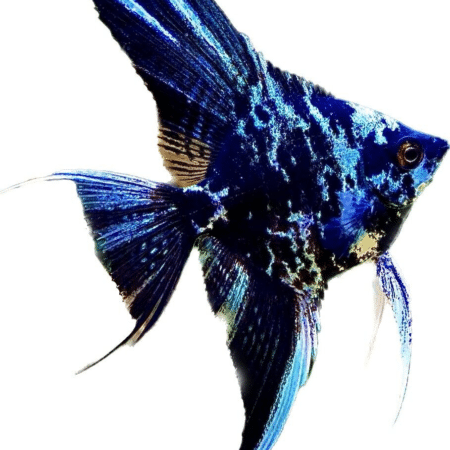






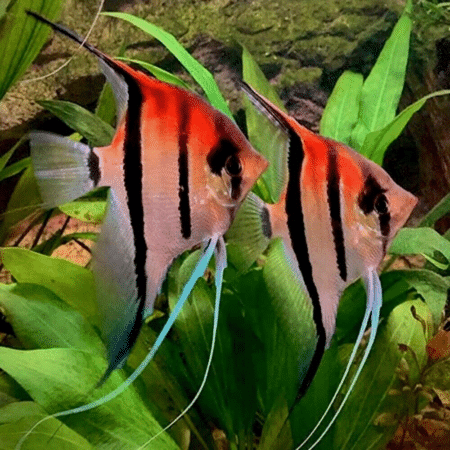




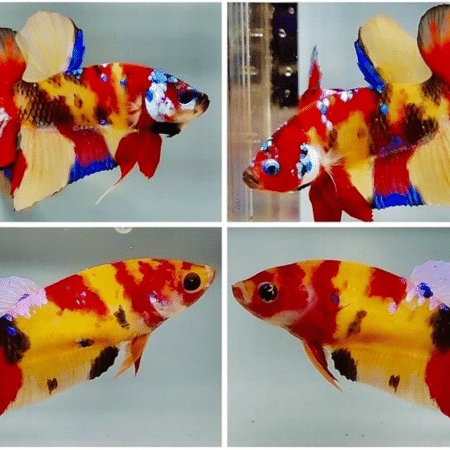
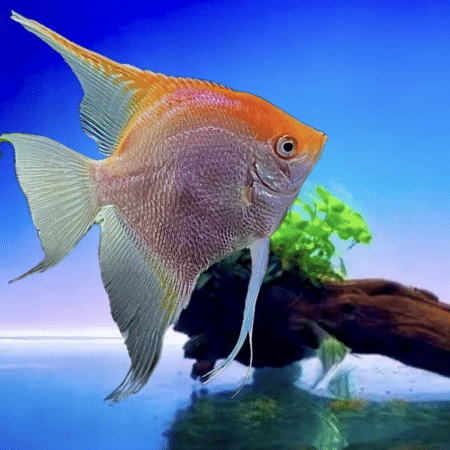
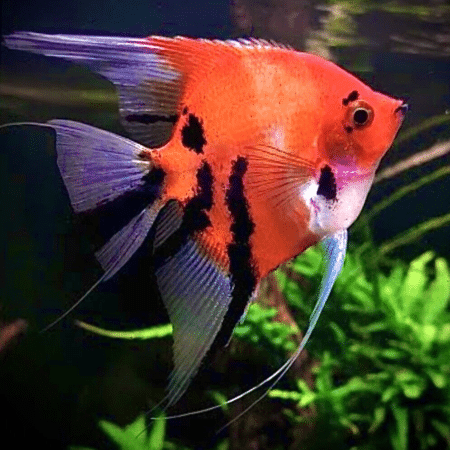
Emily Carter (verified owner) –
I recently added a pair of Gold Angelfish to my 75-gallon aquarium, and I couldn’t be happier! These two little beauties, each about 3 cm, have settled in wonderfully after just a week. Their vibrant gold coloration really lights up the tank and contrasts beautifully with my lush plants. I’ve kept fish for over five years, and I can honestly say these angelfish are among the healthiest I’ve received. They were shipped promptly and arrived in excellent condition with no signs of stress, which is crucial for their well-being. I’ve noticed them exploring their new home, and they even seem to be pairing up nicely, which is a delight to witness! I highly recommend this pair for hobbyists looking to add lively personalities to their aquarium. Just a note: they do appreciate some space and hiding spots, so be sure to have some decorations in place. Overall, this purchase has been a joy, and I would absolutely buy from this vendor again!